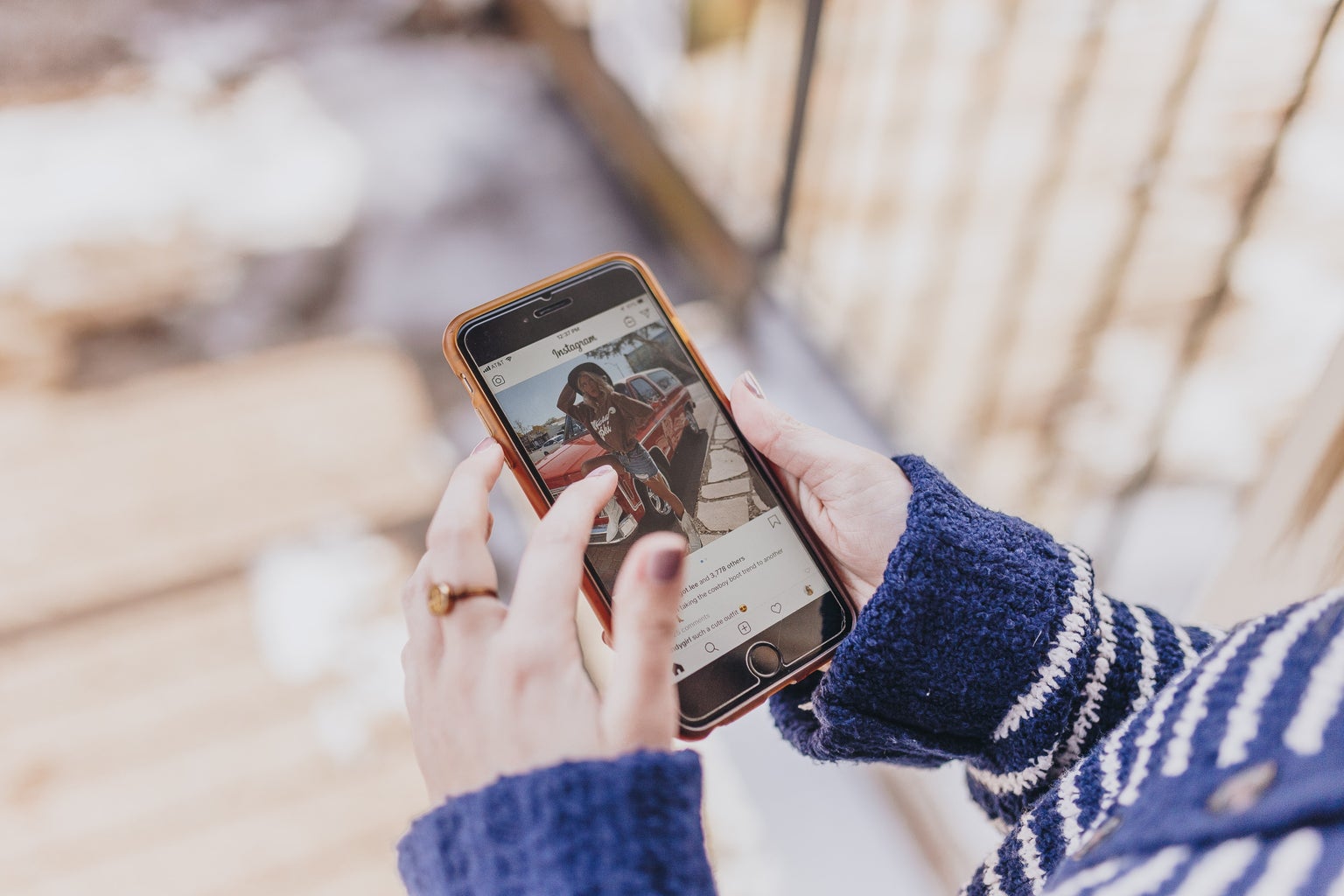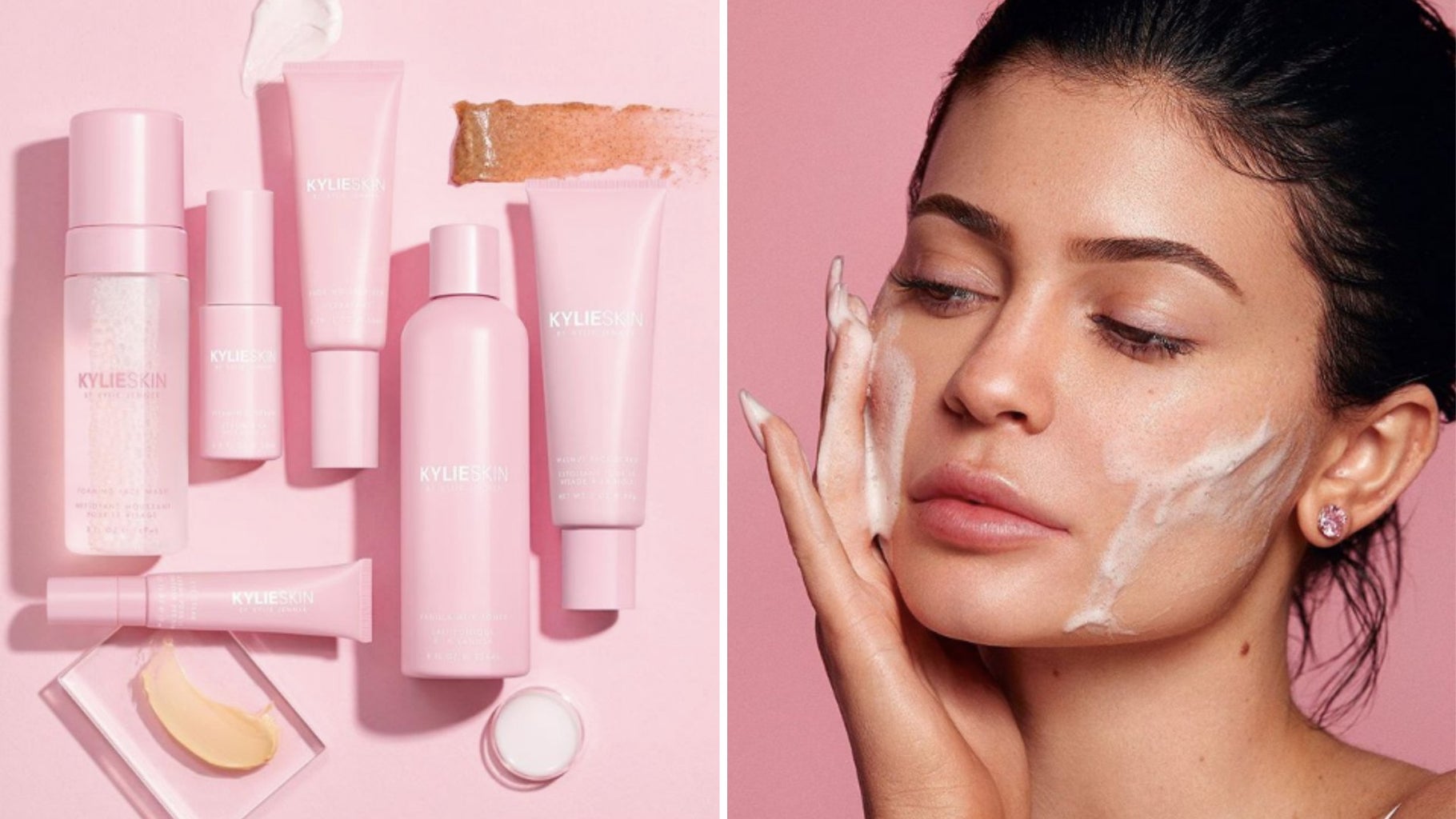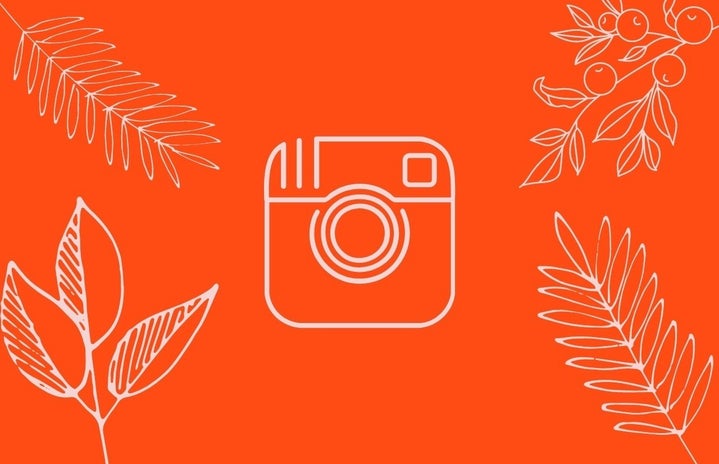It is 2013. You are arranging a set of pictures in the PicCollage app from a seventh-grade field trip to the country fair to post on Instagram. You cannot decide whether you want to stick to a white border or be spontaneous with the galaxy option. You’re wondering whether to include the over-head shot of your friends forming a circle and connecting their multicolored Converses to create a star shape. The selfie where you’re covering half your face with a peace sign is a top candidate. It is 2013 no carousel feature allows you to share several pictures and videos in one post so, you have to be meticulous. You are almost done, but you can’t forget to use Instagram’s filters Sierra or Sepia to tie everything together.

I first downloaded Instagram back in middle school to keep up with One Direction and because it seemed like a smaller version of a Tumblr community minus the text posts. Instagram was for me, as Facebook was for my mom. I could post an up-close blurry picture of raindrops against a car window and caption it something I thought was edgy, and the girls would eat it up. People would post selfies that either showed their entire face with only a polaroid style filter or their whole hand covered everything with an eye peeking from in between their fingers. People didn’t focus on an aesthetically pleasing theme that matched a color palette because why would they? The majority of people’s followers were school friends whose only concerns were if you had the geometry homework done (yes, these were frequent conversations in comments).

Instagram use to be casual because no one knew what was to come that would warp everyone’s self-image to an extremity that could not be undone. With the rise of Instagram came the rise of beauty and filter apps like we had never seen before. FaceApp, a makeover and beauty app launched in 2016 and allowed for face and body editing. Filtered and photoshopped apps became the first thing you saw when opening an app store. Feeds became curated to fit specific themes that restricted anything outside of its unsaid rules.
However, the beginning of the influencer era on Instagram was the point of no return. Instead of simply being a photo-sharing app, Instagram became a popularity contest judged by validation. The ability to make money on Instagram with sponsorships fueled the need to only share the picture-perfect parts of one’s life. We were all now targeted ads about weight-loss pills by influencers and shown their stories workout routine. Coincidentally, they always leave out mentions of cosmetic procedures, visits to expensive nutritionists and dermatologists, and the names of the filters they use on pictures. There no issue with presenting your best self or using filters to enhance things, but at least be transparent about it instead of perpetuating absurd beauty standards. Even if you’re like me, an average college student in the middle of Miami with no intentions of being an influencer, there is a looming pressure to be seen as living your best life, especially when your peers seem to be doing so.


I first saw the move to treat Instagram casual again on TikTok. People began to post on a whim and as a way to rebel against the pressure of Instagram. With the absence of over-filtering, caring about the right lighting and angles, and just having fun with the app, the possibility of one’s Instagram breaking through the seal of perfection looked promising.
Of course, the question now turns to be, is casually posting an aesthetic in itself? It is tricky depending on who is doing the posting. There are popular influencers and celebrities like Emma Chamberlain, Devon Carlson, and Bella Hadid who have dabbled in casual posting. However, when their careers and relevancy rely on relatability and creating content that is liked by their audience, is it casual or curated?
Me or you, on the other hand, can turn casually posting into our aesthetic, but it doesn’t have to be that serious. I don’t have to impress my followers, and you shouldn’t feel the need to either. If I want to post a video of myself at 2 in the morning lip-syncing to One Direction, people can either deal with it or scroll away. We are our biggest critics, and the things we over-analyze about ourselves are most likely not even a thought in another’s mind. I don’t think Instagram is going to completely retreat to its roots. But, I do think more and more people are realizing that there shouldn’t be an added pressure to post only the best parts of themselves.




